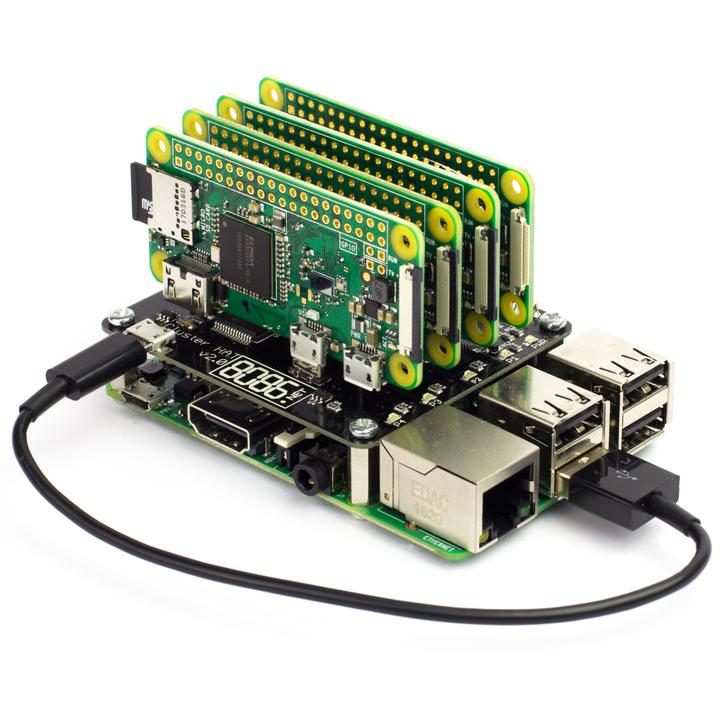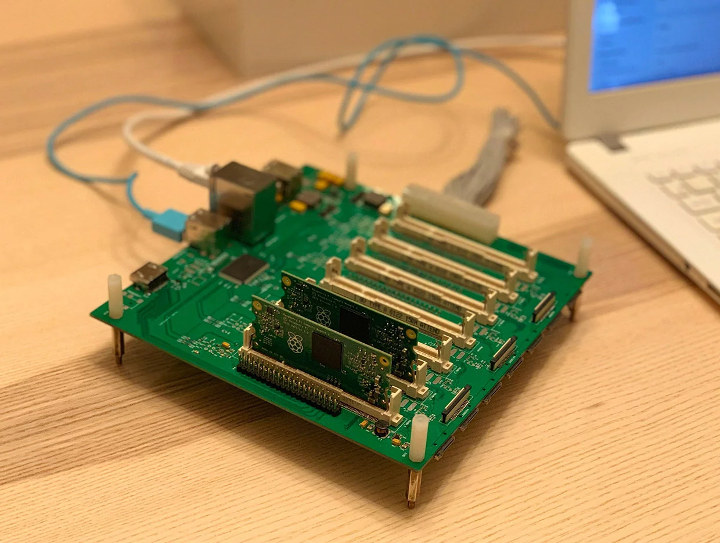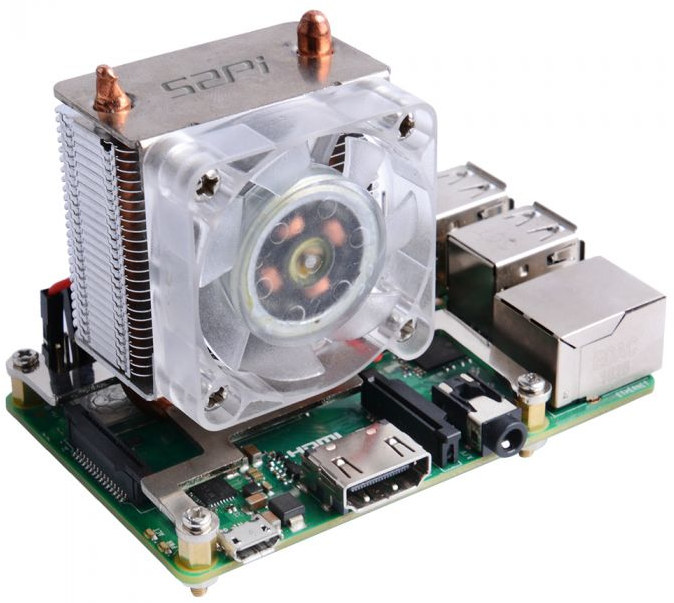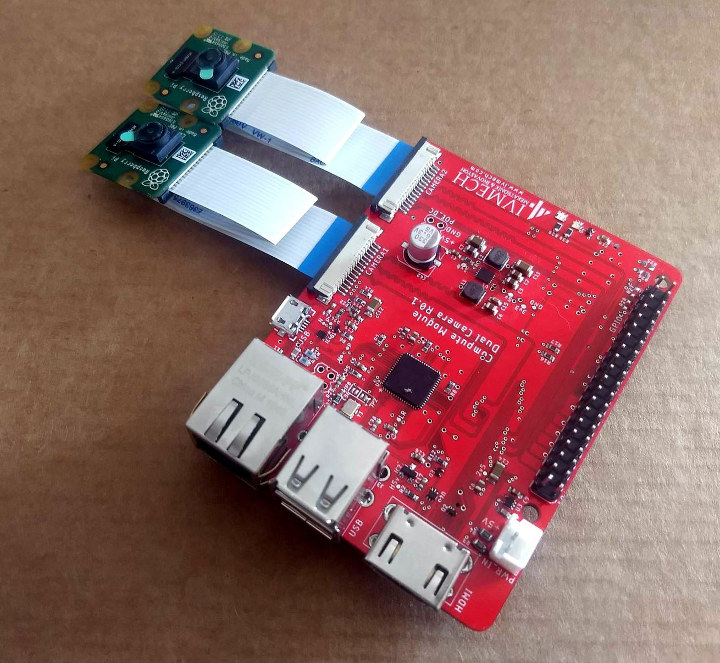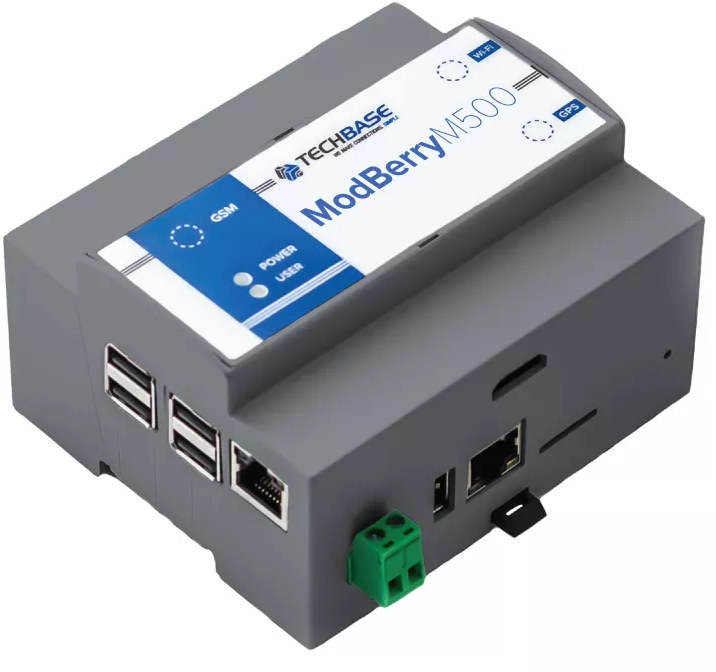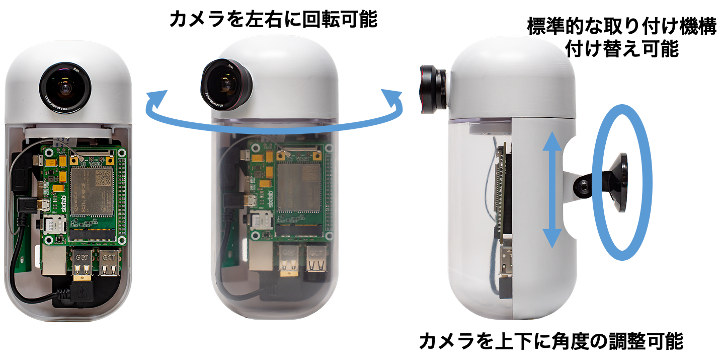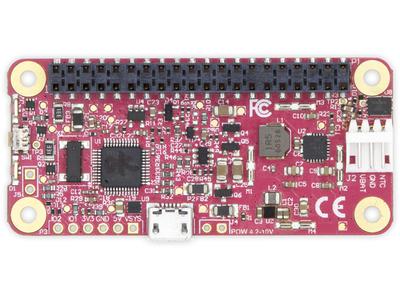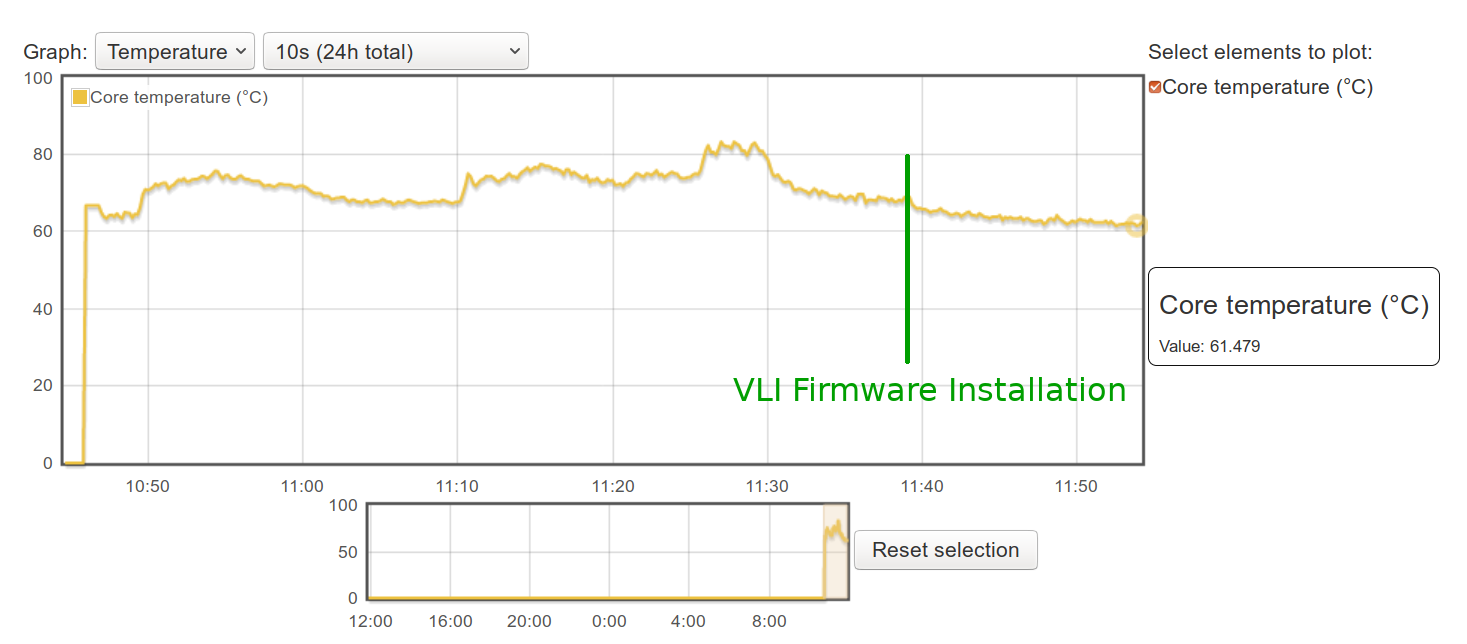Cluster HAT is a solution to the problem of building cluster computing. Distributed computing is difficult already, and this tiny hardware kit is one answer to the problem. Although building a computer cluster is not that easy, it is one of the most impressive Raspberry Pi projects. Why Cluster HAT? The Cluster HAT (Hardware Attached on Top) interfaces a (Controller) Raspberry Pi A+/B+/2/3/4 with 4 Raspberry Pi Zeros. It is configured to use USB Gadget mode. Also, it is an ideal tool for teaching, testing or simulating small scale clusters. Cluster HAT leverages the flexibility of Raspberry Pi by allowing programmers to experiment with cluster computing. It is important you know that the HAT does not come with a Raspberry Pi or Pi Zero. The two are purchased separately. Pimoroni, the manufacturer, provides assembly and control instructions on its product page. Also, they explain 3 ways of setting up the […]
Turing Pi Clusterboard Takes up to 7 Raspberry Pi Compute Modules
We’ve already covered several cluster solutions based on Raspberry Pi boards such as Bitscope Blade with up to 40 Raspberry Pi boards, a 16 Raspberry Pi Zero cluster board prototype, Circumference “datacenter-in-a-box” with up to 32 Raspberry Pi 3 B+ boards. If you want something more compact, it makes sense to develop a platform with Raspberry Pi Compute Modules instead, and we’ve already published news about MiniNodes Raspberry Pi 3 CoM Carrier Board that supports up to to 5 Compute Modules 3/3+ last year. There’s now another option with Turing Pi Clusterboard support up to 7 Compute Modules for applications leveraging Kubernetes, Docker, Jupyter Notebook, machine learning (TensorFlow/Caffe), and serverless stack. Turing Pi specifications: 7x Sockets for Raspberry Pi Compute Module 3/3+ Storage – 7x microSD card slots Video Output – 1x HDMI port, MIPI DSI connector Audio – 1x 3.5mm audio jack Camera I/F – 2x MIPI CSI connectors […]
$20 ICE Tower CPU Cooling Fan Targets Raspberry Pi 4
The Raspberry Pi 4 is much more powerful than its predecessors, but with great power comes a lot of heat, and it may affect the performance of your board under leaod. We’ve already seen that fitting a heatsink to Raspberry Pi 4 does help, and provided it’s sized appropriately, should help you board work at its full potential in most circumstances. The Raspberry Pi Foundation is also working on improved firmware to lower temperature and power consumption of their latest single board computer, but if you want to make sure your board stays cool at all times: ICE Tower CPU cooling fan will certainly do the trick. It’s fitted to a Raspberry Pi 3 board in the photo above, but Seeed Studio reports it’s compatible with Raspberry Pi 4, and can reduce the temperature of the Raspberry Pi from 80°C to 40°C. It’s actually compatible with all recent Raspberry Pi […]
Ivport Stereo CM Breakout board for Raspberry Pi Compute Module Supports Two Cameras
We’ve previously written about IVport V2 camera multiplexer board that can connect up to 16 cameras to a single Raspberry Pi board in order to create 360 degrees camera setups for example. The company also offered a version with two cameras for stereo recording and capturing modes. But if you’d rather use a Raspberry Pi Compute Module with or without eMMC flash, and use either Raspberry Pi camera V1 or V2, the company has launched Ivport Stereo CM breakout board with support for up to two cameras and exposing some extra ports. Ivport Stereo CM specifications: RPi module compatibility Raspberry Pi CM1 Raspberry Pi CM3 (eMMC equipped) Raspberry Pi CM3 Lite Raspberry Pi CM3+ (eMMC equipped) Raspberry Pi CM3+ Lite RPi camera compatibility Raspberry Pi Camera Module V1.3 (OV5647 sensor) Raspberry Pi Camera Module V2 (Sony IMX 219 sensor) Storage – microSD slot Video Output – HDMI Networking – 10/100M […]
ModBerry M500 Industrial Computer Gets Upgraded to Raspberry Pi 4
We first wrote about Modberry M500 industrial computer when it was upgraded from Raspberry Pi 3 to Raspberry Pi 3 B+, and added PoE support. With the launch of Raspberry Pi 4 model B, it should come as no surprise that Techbase has now announced Modberry M500 would be available with the latest board from the Raspberry Pi Foundation. Modberry M500 RPI 4 preliminary specifications: SoC – Broadcom BCM2711B0 quad-core Arm Cortex-A72 processor @ 1.5 GHz with VideoCore VI GPU System Memory – 1GB, 2GB or 4GB LPDDR4 Storage – 4GB eMMC flash (TBC), and/or 8GB micro SD card Video & Audio Output – HDMI 2.0 up to 4K @ 60Hz and 3.5mm jack for CVBS (composite + stereo audio) Connectivity True Gigabit Ethernet, up to 2x optional 10/100M Ethernet ports Dual band 802.11 b/g/n WiFi and Bluetooth 5.0 LE Optional Zigbee, LTE/3G, GPS, WiFi, and Bluetooth cards USB – […]
S+ Camera Basic Combines Raspberry Pi 3 Board and LTE Shield for Edge Applications
Soracom is a company that provides global IoT network cellular connectivity for businesses in smart IoT agriculture, energy, consumer, manufacturing, transportation, and medical industries, and even provides free IoT SIM cards for evaluation (US/Canada only). The company has just announced the S+ Camera on its Japanese blog. The camera looks to features several off-the-shelf components including a Raspberry Pi 3 board and SixFab Raspberry Pi 3G-4G/LTE Base Shield V2 connecting to Soramcom network. It’s a little confusing as to why a cellular IoT company would develop an LTE camera since streaming video requires bitrates not normally associated with IoT. The blog post does provide a few more details however, as S + Camera is said to run SORACOM Mosaic software which enables “algorithms for edge processing cameras and management and operation of cameras”. That means it’s quite possible the video will not be streamed, but edge processing/computing usually means AI is […]
PiJuice Zero a UPS for the Raspberry Pi Zero (Crowdfunding)
Made to work with the Raspberry Pi Zero, the PiJuice Zero is an Uninterruptable Power Supply (UPS) and project platform board, that can fit inside the Pi Zero case. The latest innovation from the tech gurus at Pi Supply, the PiJuice Zero is easy to use and quite powerful. The original product was the PiJuice HAT which was released in 2016. The rundown on this platform and the crowdfunding page can be found on Crowd Supply. The PiJuice Zero allows users to take their Raspberry Pi Zero projects anywhere and still keep things running, while intelligent power management controls how that power is utilized. The user-friendly software, programmable LEDs and switches allow for maximum options in applications. The PiJuice Zero was made for those in-the-field projects. Completely wireless and off-the-grid power supply the PiJuice Zero is packed with features and allows for applications for the Raspberry Pi Zero, that couldn’t […]
New Raspberry Pi 4 VLI Firmware Lowers Temperature by 3-5°C
The other day I tested Raspberry Pi 4 with an heatsink since previous multi-threaded benchmarks clearly made the board throttle when running those without any cooling solution. The guys at the Raspberry Pi Foundation somehow noticed my post, and I received an email from Eben Upton explaining a new Raspberry Pi 4 VLI firmware had “some thermal optimizations that are not installed by default on early production units.” I did not understand VLI at first, but eventually understood this referred to the firmware for VIA VL805 PCIe USB 3.0 controller on the board. The Raspberry Pi Foundation provided me with a test version of the firmware, which they’ll release in the next few days, or weeks after testing is completed. Now if you’re going to test a platform that will throttle due to overheating, it’s very important you do so at constant room temperature. I work in a office where […]


